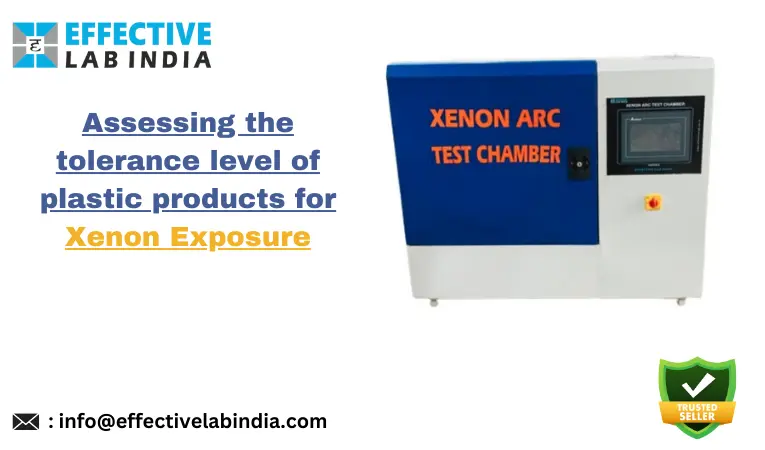The ability of plastic material to resist the weakening of its electrical, mechanical, and optical properties caused by exposure to light, heat, and water can be quite notable for several applications. The purpose of this training is to initiate property changes associated with end-use circumstances, such as the effects of light, moisture, and heat. This training presentation is not intended to replicate the disintegration caused by finite climate miracles, such as barometer pollution, natural attack, and saltwater entry.
The primary visible effects are a light look and a change in colour on the exterior of the material, and the segment surface becomes weak. After a few years in the vegetation enclosure, the ejected channels retained all of their colour, while the infusion-shaped cinch portions turned white and separated. A few components that could be impacted by exposure to sunshine include car parts, window outlines, outdoor furnishings, arena chairs, and nursery films.
Effective Lab India provides a variety of ecological testing equipment to create various real-world climate situations. Xenon arc Test Chamber is one of the test pieces of testing instruments that Effective Lab India has offered. The test apparatus determines the climatic obstruction of polymers under a range of artificially created climate conditions. To determine the type of polymers, this useful technique is applied.
Fluorescent and Xenon lights are the two types of lighting that are commonly installed in accelerated endurance analyzers. Xenon is more widely used than the other two lights due to its extreme doability. The existence of the polymers is measured with the help of xenon lights. These lamps release a large amount of xenon, which is filled with Xenon test chamber and produces enough daylight to test the effect of temperature on the polymers. These lights provide constant light life and a consistent dispersion of range.
Moreover, It modifies the range of daylight and provides the optimum source of light. The stickiness and temperature of the testing apparatus are managed by a control board that is equipped with this device. The device is widely used to create a variety of chamber temperatures, such as light, moisture, and more, which have varying effects on polymers, such as reduction, oxidation, chipping, chalking, and blurring. It is easy to operate and it provides incredibly accurate and dependable test results. It comes with a customer handbook and an authentication of conformity that can be seen by NABL-accredited laboratories. Also, it adheres closely to various national and international standard testing procedures.

